In my other life, in the world of web startups, I often have to contend with people who are steadfastly convinced that everyone lives in the technical future. In this world, everyone blogs, knows what an RSS feed does, has an opinion on Yahoo! Pipes, and will be able to tell me why this list of characterizations of ‘the technical future’ is already obsolete. And yet Chris, in his introductory post as if:book’s co-director, remarks on ‘how so much reading promotion cuts literature off from other media, as if anyone still lives solely in a ‘world of books’.
This strange inability of two worlds to acknowledge one another reminds me of a classic geek joke:

As Chris pointed out, we all exist in a world of multiple media outlets, which cross-fertilise vigoriously. But what have analog and digital to say about one another? At the first if:book:group meeting in London, Kate Pullinger remarked on how despite writing both print and digital fiction, her last print novel barely even mentioned the internet. Noga Applebaum pointed out how she’s devoted an entire PhD thesis to the overwhelmingly negative portrayals of technology in children’s fiction. Digital technology seems to appear in analog media only in cursory, fantastical or critical portrayals. Meanwhile, the ‘content’ of analog media is absorbed (digitized) into this brave new world, whose capacity for infinite reproducibility creates exciting new opportunities to see text in motion while causing a kerfuffle with its touted potential irreversibly to disrupt the established modus vivendi.
The relation between the worlds appears strangely asymmetrical. Print is at best a source of ‘content’, a sweet and outmoded ‘original’, sometimes a fetish. Even the lexicon reinforces this.
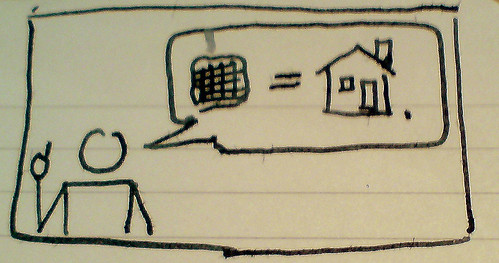
In a recent meeting, someone spotted me doodling, captured some doodle with his ‘analog to digital converter’ (ie a camera phone), and mailed it around. But what is it called if this image, thus digitized, is rendered in paper again? Is there a word for that? ‘Analogized’ doesn’t sound right (though I’m going to stick with it for the moment, faute de mieux).
The lack of a functioning concept of ‘analogization’ implies that we don’t need one, that there are 10 ways of publishing: those exploring, or eventually destined for digitization, and those destined for the scrap heap – or at best an obscure warehouse on the outskirts of asprawling megalopolis.
But is this true?
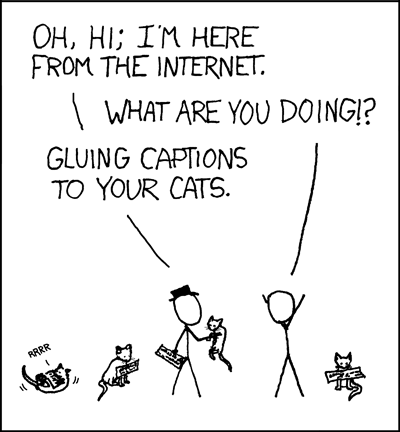
Geeks have a solid history of taking internet references back out into meatspace (pleasingly, the title of the above graphic, from the wonderful xkcd.com, is ‘in_ur_reality.png’). But it takes truly mass adoption of the internet to turn re-analogization of internet culture from being a nerdy in-joke to something you might see at Hallowe’en on the New York subway:

Rebecca Lossin, in a thoughtful comment on Chris’ recent post about Blake, remarks on “…something that while acknowledged by champions of electronic formats, is not dealt with very thoroughly. Books still seem more important than blogs. Big books seem even more important than little books.” Books, especially big books, are still associated with authority, thanks – she continues – to “…an extremely important aspect of reading: the acculturated reader.”
“The acculturated reader” sums succinctly what I was gesturing at when I posted about a messageboardful of average internet users debating the cultural significance of bookshelves. These readers, acculturated to the nexus of significations traditionally ascribed to physical books, navigate these significations in daily life but are additionally literate in internet discourse. Unlike many commentators on the apparent binary in play here, they see no competition or contradiction at all.
My introductory post on this blog was about how, as an aspiring (print) writer, I fell accidentally in love with the internet. As I explored the medium, my interest in print publication waned, and my suspicion grew that for a writer who wants her writing to change the world, there are more effective, instant-gratification – and digital – media out there that scratch the verbal itch without requiring the writer to receive 1,005,678 rejection letters and starve in obscurity for decades first (well, not the rejection letters anyway).
But since cocking that snook at the slow-moving world of print, I’ve spent the year pondering the relation between analog and digital writing. And I’ve concluded that there are more than 10 ways of publishing; that they are not in opposition to one another; and that a new generation of ‘acculturated readers’ is emerging that takes on board both the cultural significance of books and also the affordances of the internet, uses each tactically according to the kinds of writing/reading each facilitates best, and is beginning to explore the movement of content not just from analog to digital but also back to analog again.
So here’s a beautiful example of a symbiosis of print and digital media, come full circle. BibliOdyssey is a gloriously eccentric blog dedicated to obscure, intriguing, unusual or visually stunning print art. Today I learned that the pick of BibliOdyssey is to be published as a physical book.

This trajectory – books that originate in blogs – pulls away from the narrative of ineluctable digitization that preoccupies much of the debate around the relation between print and the internet. Of course, it’s not new (remember Jessica Cutler?). But the BibliOdyssey book narrative is especially delicious (should that be del.icio.us?), as the material in the book consists of print images that were digitized, uploaded into scores of obscure online archives, collected by the mysterious PK on the BibliOdyssey blog and then re-analogized as a book. It’s an anthology of content that has come on a strange journey from print, through digitization and back to print again. So it’s possible to observe these images in multiple cultural contexts and investigate the response of ‘the acculturated reader’ in each. The question is: what does the material gain or lose in which medium?
The post-bit atom fascination of an ‘original’, a rare object, is powerful. But once digitized and uploaded into public-access archives (however byzantine, in practice, these are to navigate) this layer of interest is stripped, and value must be found elsewhere. Quirkiness; novelty; art-historical interest; the fleeting delight of stumbling upon something visually stunning whilst idly browsing. But the infinite reproducibility of the image means that it’s only of transactional value in a momentary, conversational sense: I send you that link to an amusing engraving, and our relationship is strengthened if you grasp why I sent that particular one and respond in kind.
The overall value of the blog, then, is in its function as dense repository of links that can be used thus. So what is the value of the images again once re-analogized? In the case of BibliOdyssey, it’s a beautiful coffee-table book, delightful in itself and that archly foregrounds its status as hip-to-the-internets.
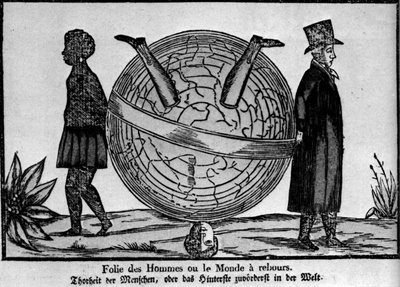
Perhaps, a century down the line, when climate change has killed off the internet and we’re all living in candlelit huts, it’ll be a scarce and precious resource hinting at times gone by. But however the future pans out, right now it’s both evidence of the dialogic relation of analog and digital media, and also a palimpsest offering glimpses of the shifting signification of cultural content when published in different forms. Texts, images or collections of such aren’t just sitting there waiting to be digitized: once digitized, they take on new life, and increasingly creep back out into the analog world to glue captions to your cats.

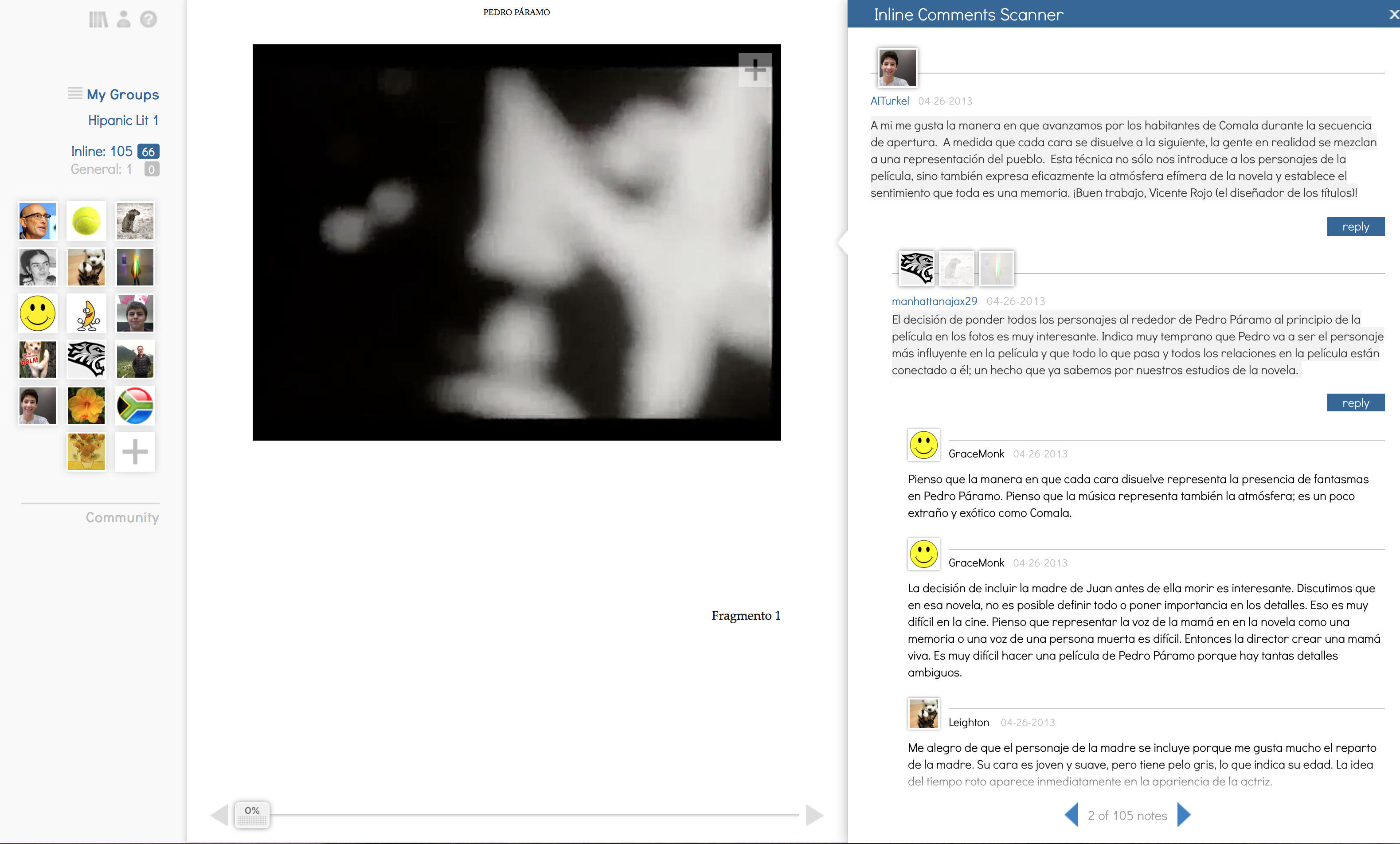

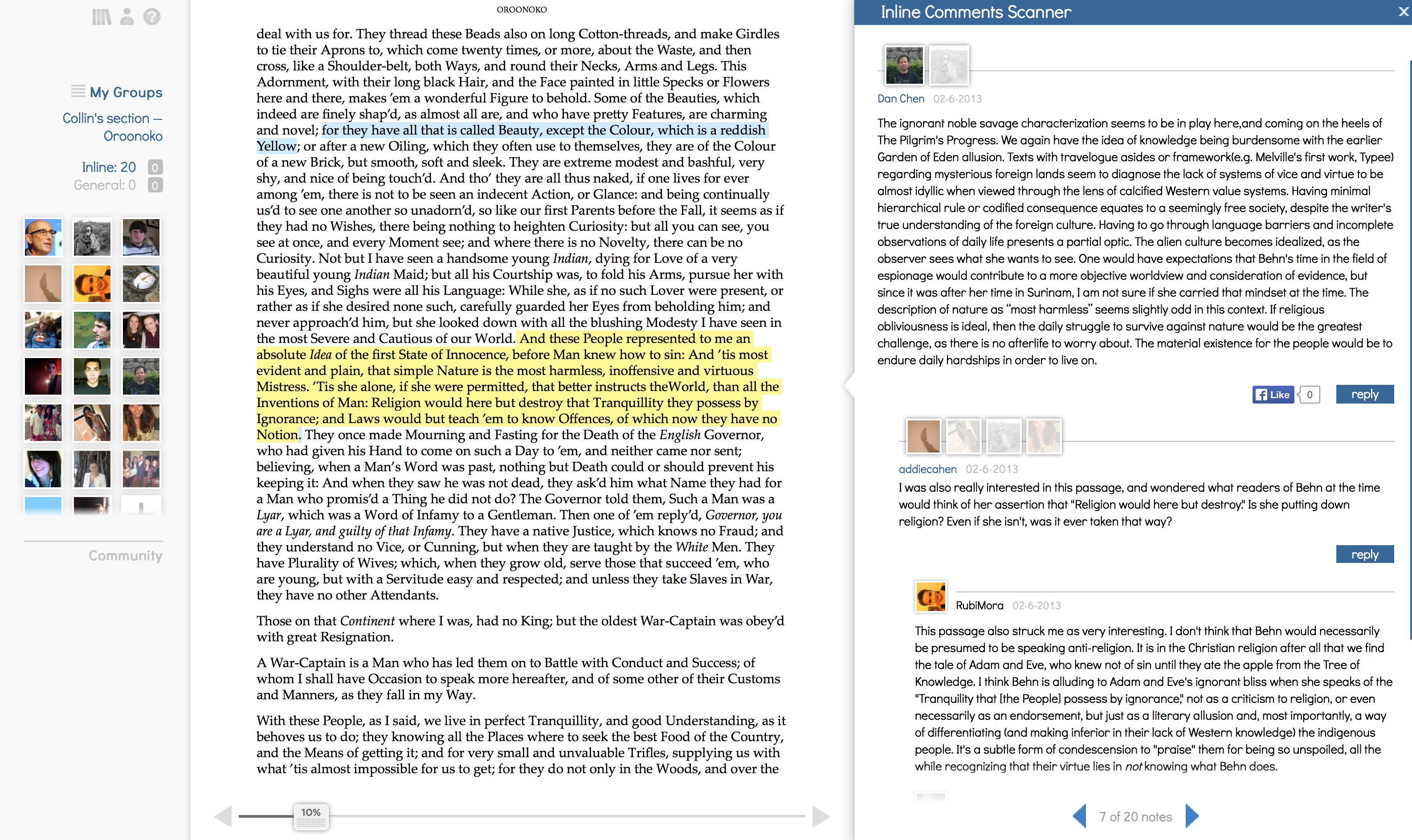
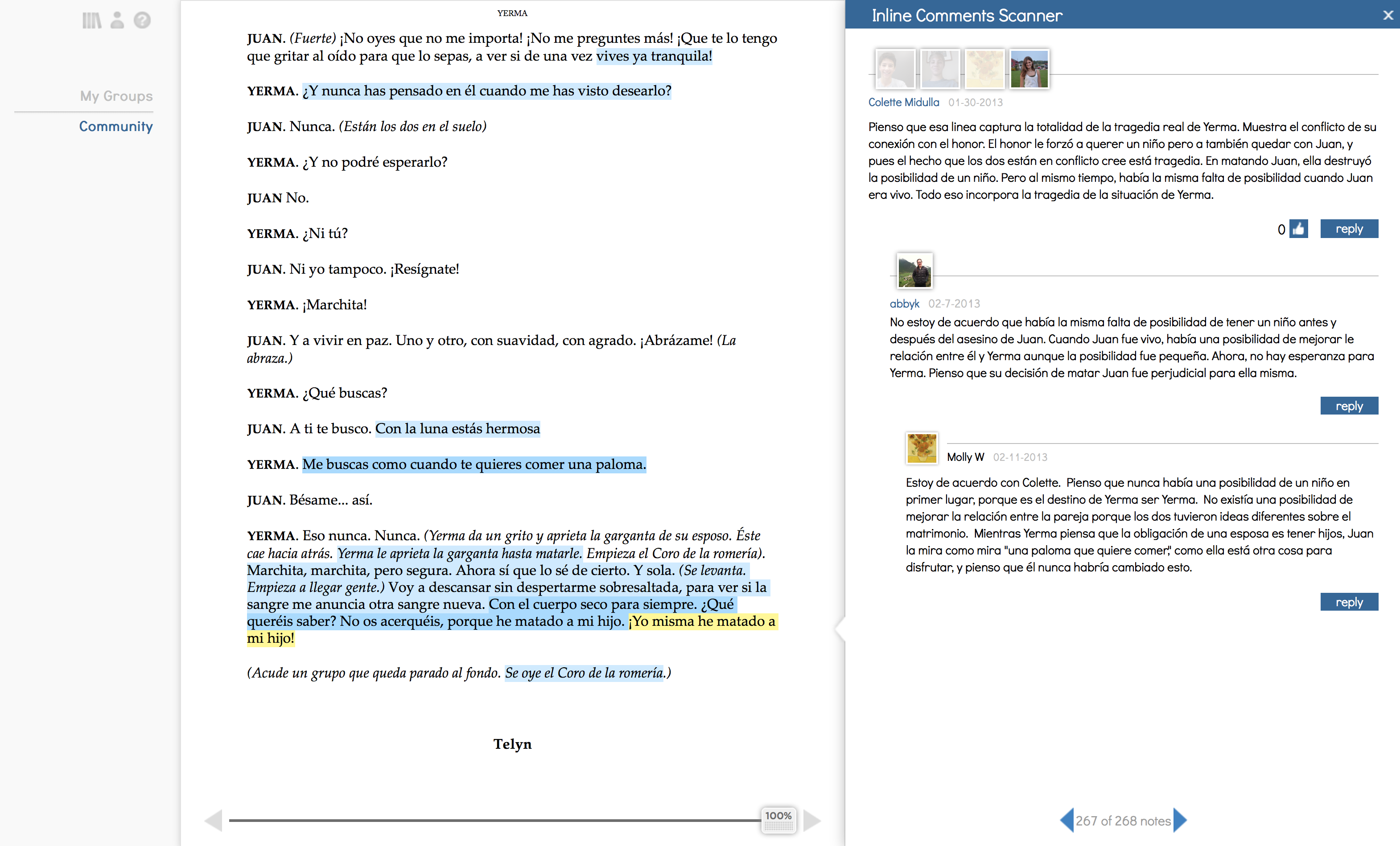
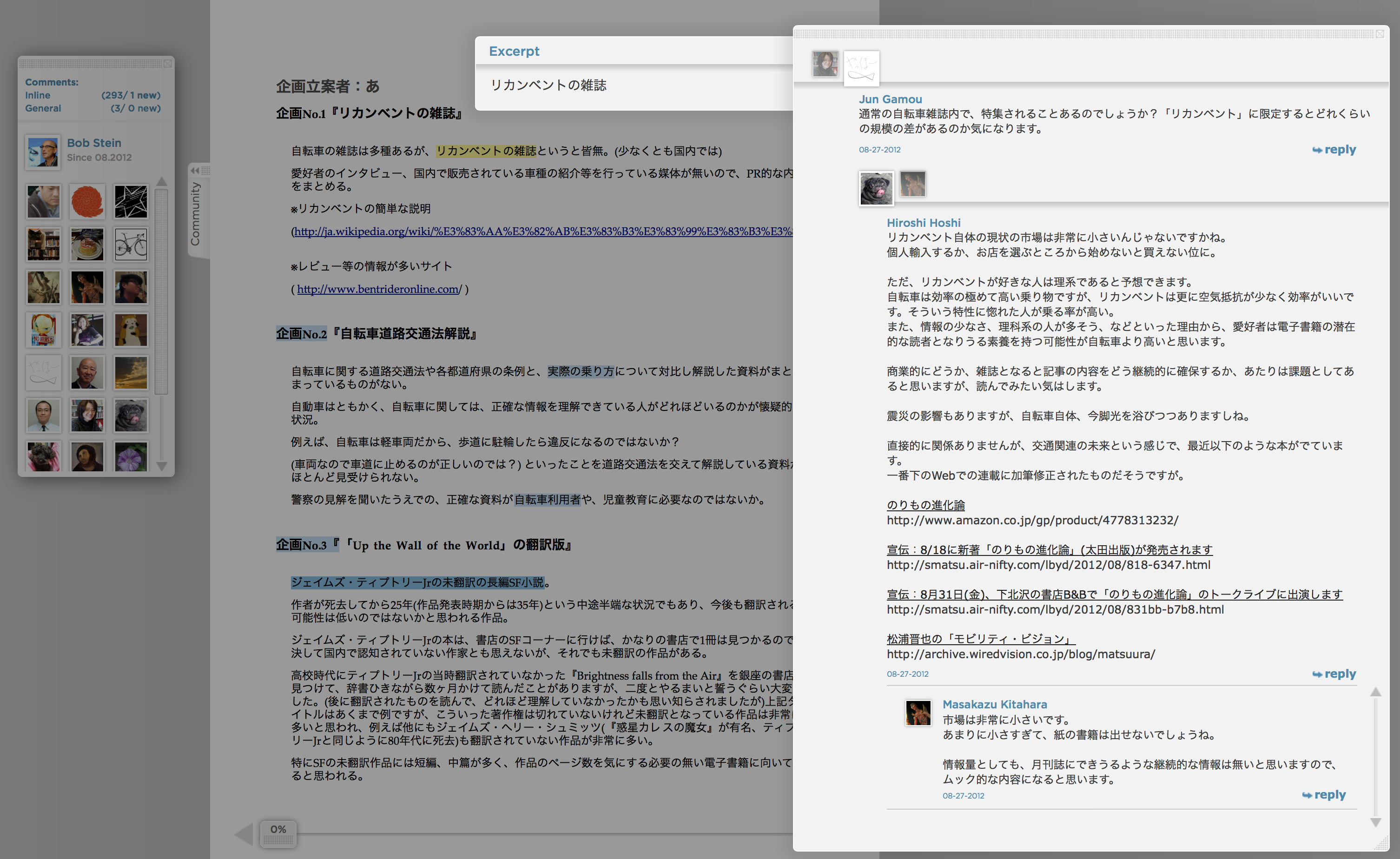
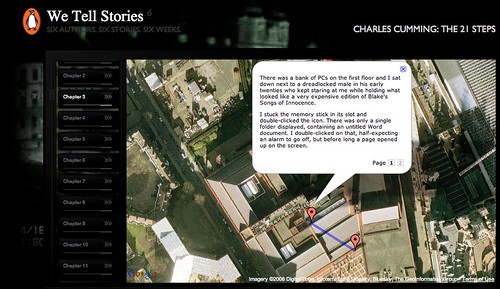






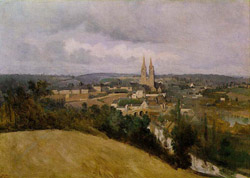 While my main interest was in starting a community, I had other ideas — about making the archive more editable by readers — that I thought would form a separate discussion. But once we started talking I was surprised by how intimately the two were bound together.
While my main interest was in starting a community, I had other ideas — about making the archive more editable by readers — that I thought would form a separate discussion. But once we started talking I was surprised by how intimately the two were bound together. If the Ecclesiastical Proust Archive widens to enable readers to add passages according to their own readings (let’s pretend for the moment that copyright infringement doesn’t exist), to tag passages, add images, add video or music, and so on, it would eventually become a sprawling, unwieldy, and probably unbalanced mess. That is the very nature of an Archive. Fine. But then the original purpose of the project — doing focused literary criticism and a study of narrative — might be lost.
If the Ecclesiastical Proust Archive widens to enable readers to add passages according to their own readings (let’s pretend for the moment that copyright infringement doesn’t exist), to tag passages, add images, add video or music, and so on, it would eventually become a sprawling, unwieldy, and probably unbalanced mess. That is the very nature of an Archive. Fine. But then the original purpose of the project — doing focused literary criticism and a study of narrative — might be lost.
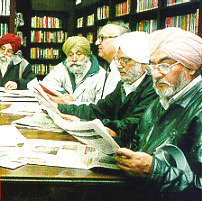 Last Tuesday, a
Last Tuesday, a